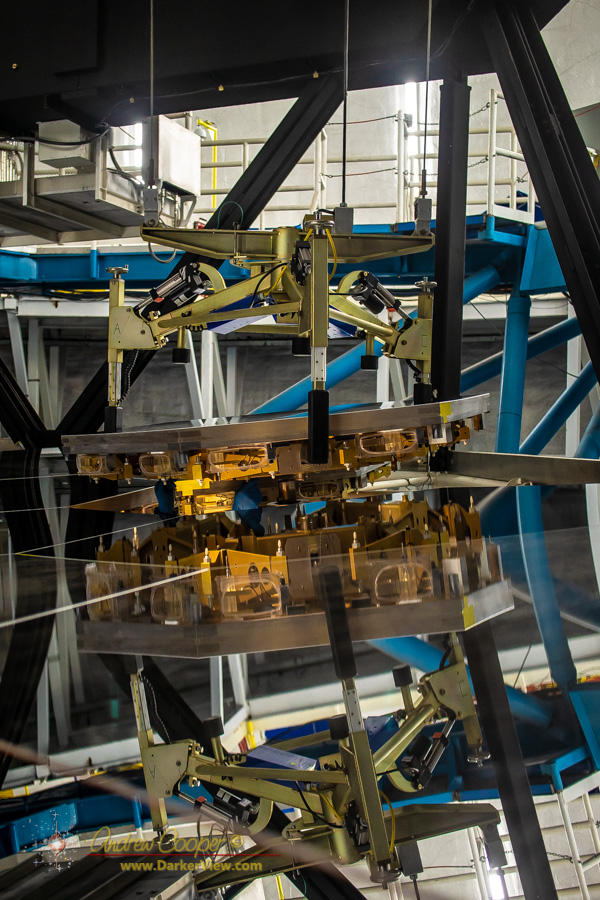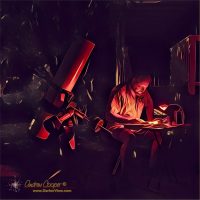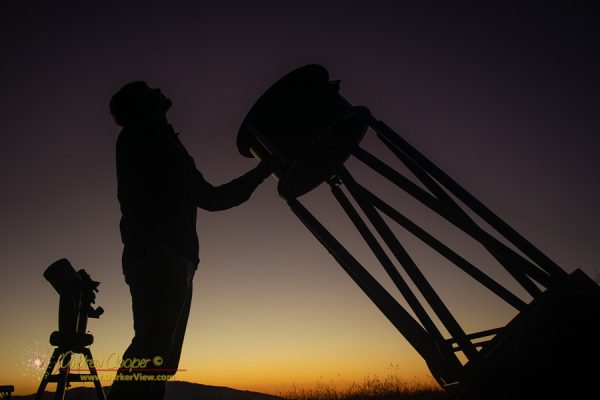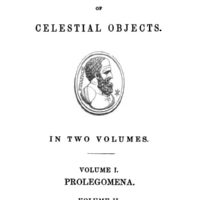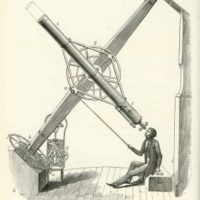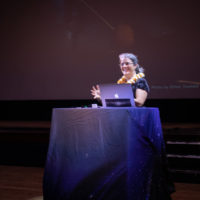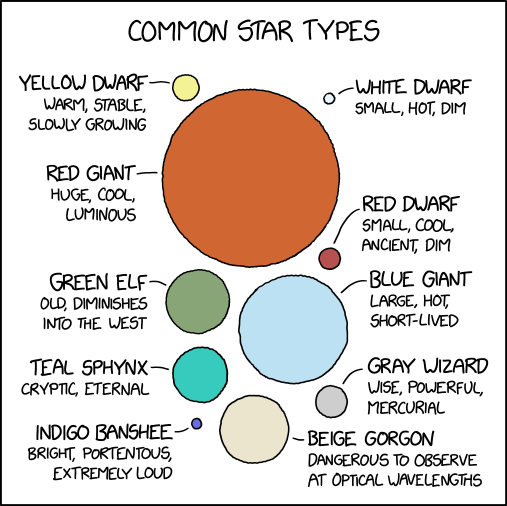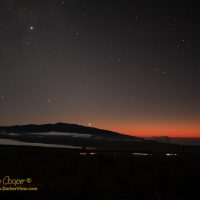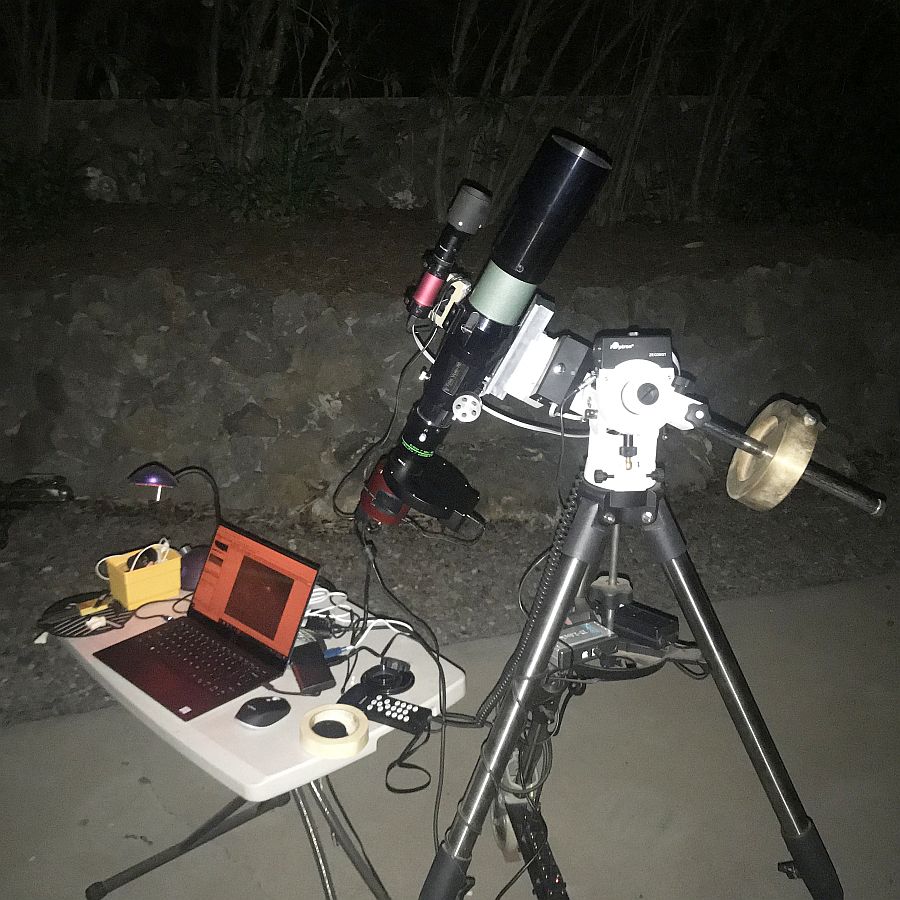Gazing up at the sky while reading the old texts one would not be amiss in believing that the stars never change. Indeed there are many who insist vehemently that the stars are eternal and unchanging. But the stars do indeed change, often quite visibly, sometimes within the span of a human lifetime.
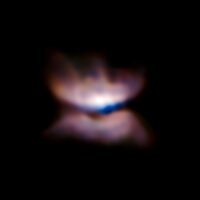
One such star is L2 Puppis.
A bright star, one of the few naked eye variable stars that could be seen to fade and reappear without the aid of a telescope much like the far more famous stars Mira and Algol. On star charts the star is found prominently drawn at magnitude 4, buf if you attempt to locate it today you will not find it without the use of a telescope.
I first encountered this star quite recently while starhopping through southern Puppis with an 8″ telescope from the driveway. The chart showed two bright stars close together, L1 Pup and L2 Pup, while the view in the finder ‘scope showed only one bright star.
Continue reading “A Changing Sky”
